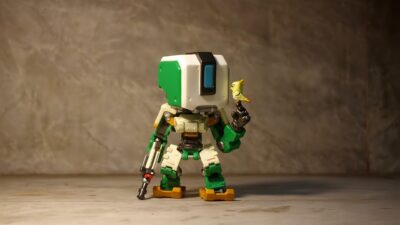The competitive landscape of Dota 2 is no stranger to change. With each patch, new hero balances, gameplay updates, and mechanics emerge, guiding the shifts in strategy and team compositions. Patch 7.X, a significant update, has brought forth transformative changes, reshaping the meta and influencing how teams approach the game. This article delves into the core shifts instigated by this patch and what players, both casual and professional, can expect in the evolving Dota 2 environment.
The Fundamental Changes in Patch 7.X
Hero Balance and Introduction of New Mechanics
Patch 7.X introduced key hero adjustments aimed at recalibrating the balance between strength, agility, and intelligence characters. Many heroes underwent buffs and nerfs, promoting an adaptive approach to gameplay. The introduction of new mechanics, like increased interaction with creeps and structures, has altered various roles’ viability in the game.
For instance, the heightened importance of offlaners has revolutionized the way teams set up their lineups. Heroes that can sustain in the offlane, like Timbersaw and Underlord, are making a comeback due to their resilience and team fight contribution. Conversely, heroes that relied heavily on early-game dominance but struggled in late-game scenarios, like some burst damage dealers, have seen a decline in their pick-rate.
Shifted Gold and Experience Dynamics
One of the most notable impacts of Patch 7.X is the adjustment in gold and experience distribution across the map. The changes to neutral creeps and bounty runes have made farming and resource control more dynamic during both the early and mid-game phases.
The reallocation of experience points has placed a premium on aggressive styles of play. Teams that can secure early objectives can significantly tilt the resource balance in their favor. The updated mechanic of the bounty runes encourages players to be more vigilant in execution tactics—leading to increased skirmishes, early roams, and a mid-game that is often action-packed.
Hero Picks and Team Compositions
The Rise of Versatile Heroes
Patch 7.X has ushered in a period that rewards heroes with versatility and adaptability. Characters that can play multiple roles or pivot based on situational demand, such as Chen or Earth Spirit, have seen increased exposure in professional play. Their ability to fit seamlessly into various team compositions allows for more nimble strategies and adaptability that the meta demands.
Team compositions are leaning toward combinations that integrate strong initiators with area-of-effect control to capitalize on the newly adjusted gold dynamics. For instance, heroes like Tidehunter and Enchantress have become staples in many lineups, as they synergize well with fast-paced, high-tempo playstyles.
Counter-Meta Strategies
As the meta evolves, so do counter-strategies. Players and teams must remain vigilant in not only adapting to new heroes gaining traction but also anticipating shifts in hero picks. This has especially become apparent with the rise of position 5 supports who are capable of scaling into semi-carry roles or contributing significantly in team fights, changing how traditional support roles were perceived.
The Importance of Map Control
Map control remains a linchpin in the strategic pivots prompted by Patch 7.X. With the addition of various items and adjustments to towers and objectives, the importance of vision and map dominance cannot be overstressed. Teams that prioritize control of the enemy jungle and objective play can secure the upper hand more effectively than ever.
The Return of Split-Pushing
In tandem with these shifts, the meta has seen a resurgence of split-pushing strategies. With heroes that can safely engage enemies while also taking towers at an accelerated pace, teams are leveraging the new mechanics to pull enemies apart, creating opportunities for advantageous confrontations elsewhere on the map.
Conclusion: The Future of the Dota 2 Meta
Patch 7.X has undeniably evolved the competitive Dota 2 landscape—laying down the framework for new strategies, compositions, and hero interactions. As players learn to adapt to these changes, we can expect to see a mix of both innovative strategies and classic approaches emerge in response. This cycle of adaptation, learning, and evolution embodies the spirit of Dota 2, keeping it fresh, challenging, and exhilarating for everyone involved.
As we move forward, only time will tell how teams will harness this meta evolution to their advantage, but one thing is certain: the journey of adaptation is just beginning.

